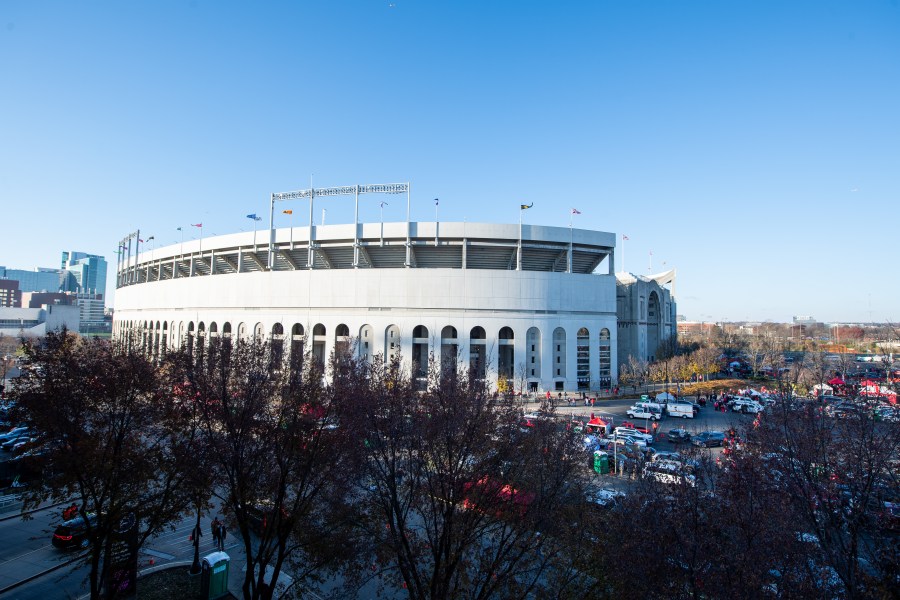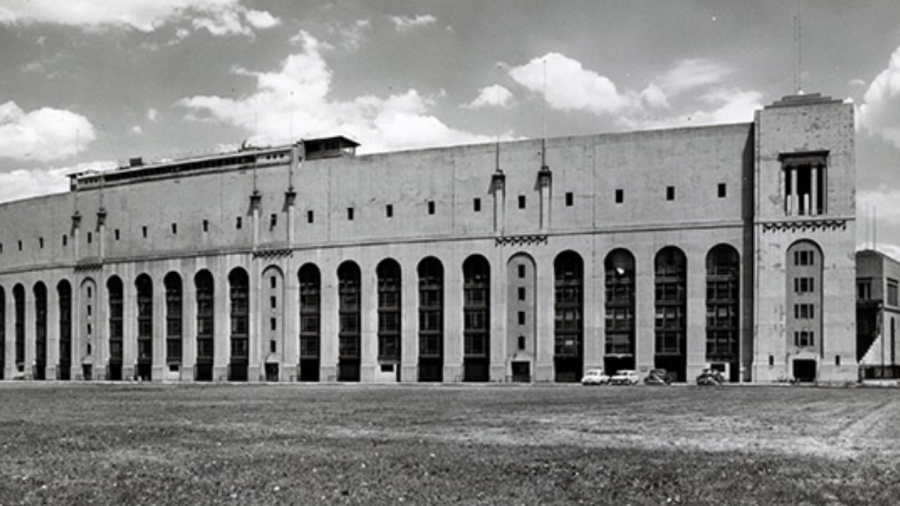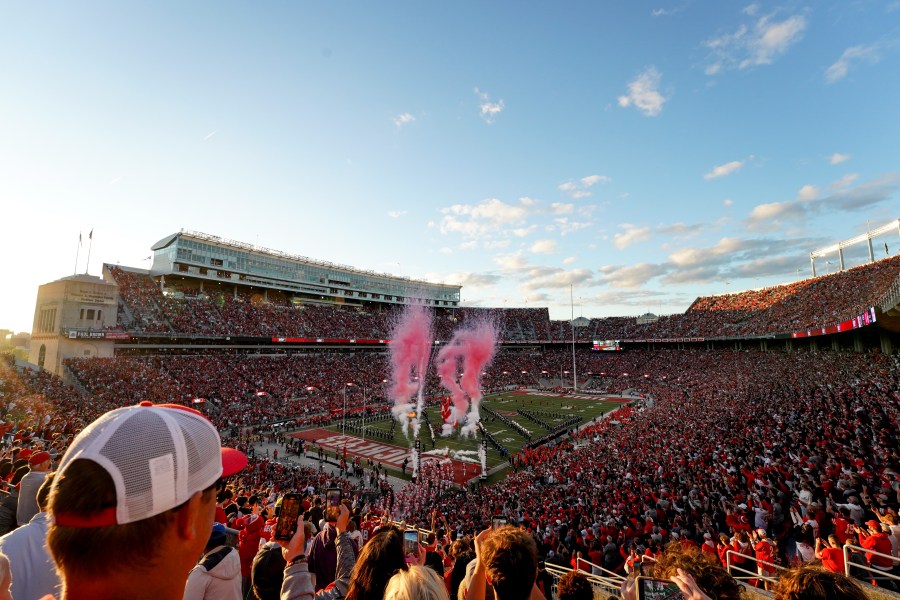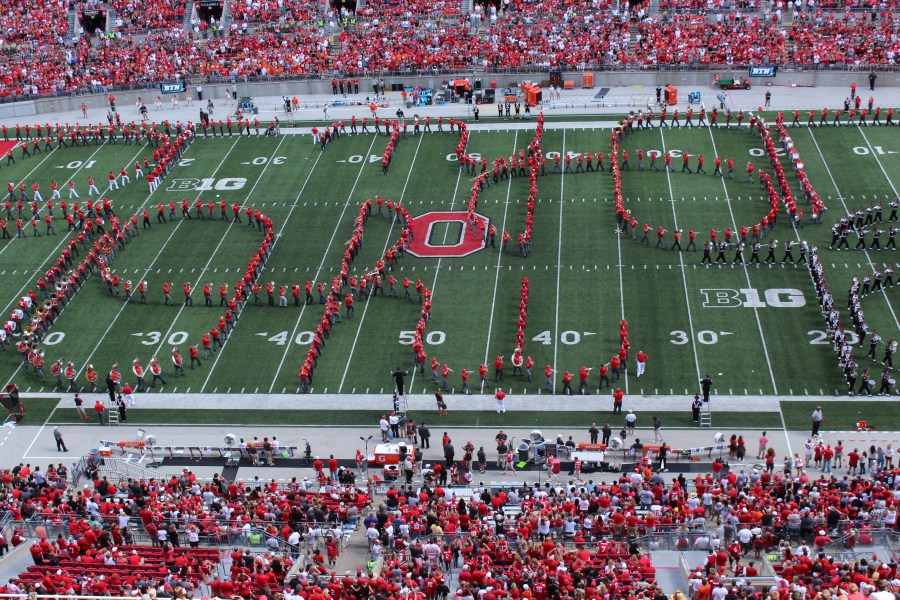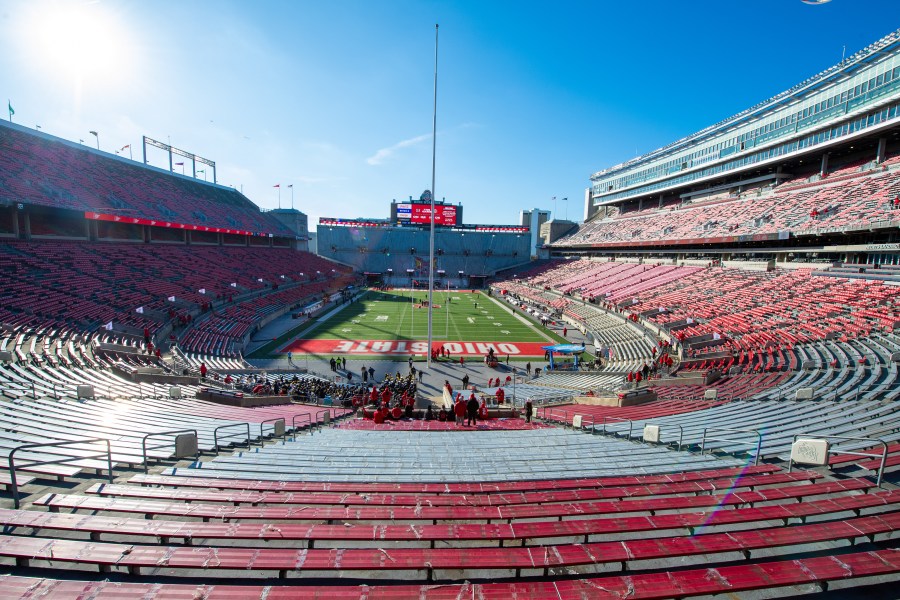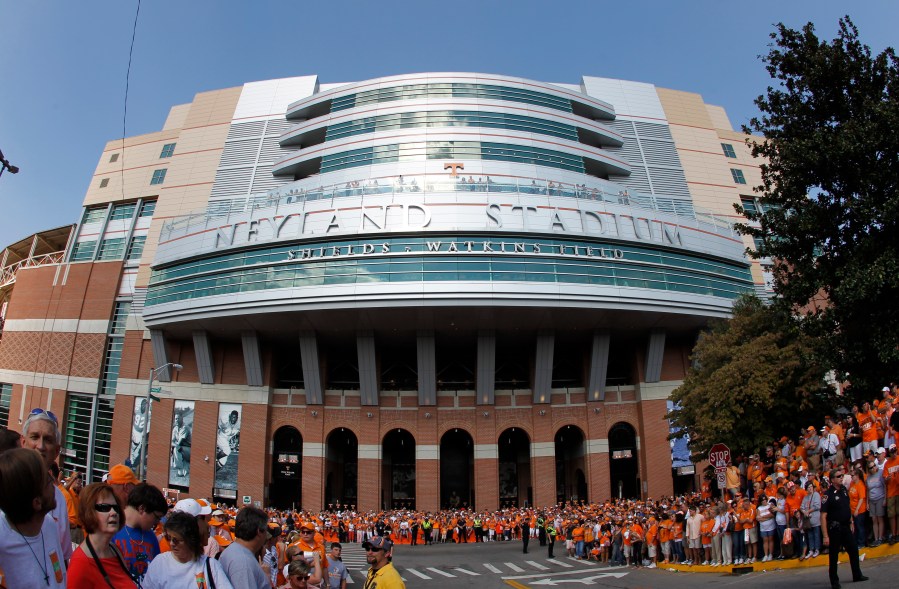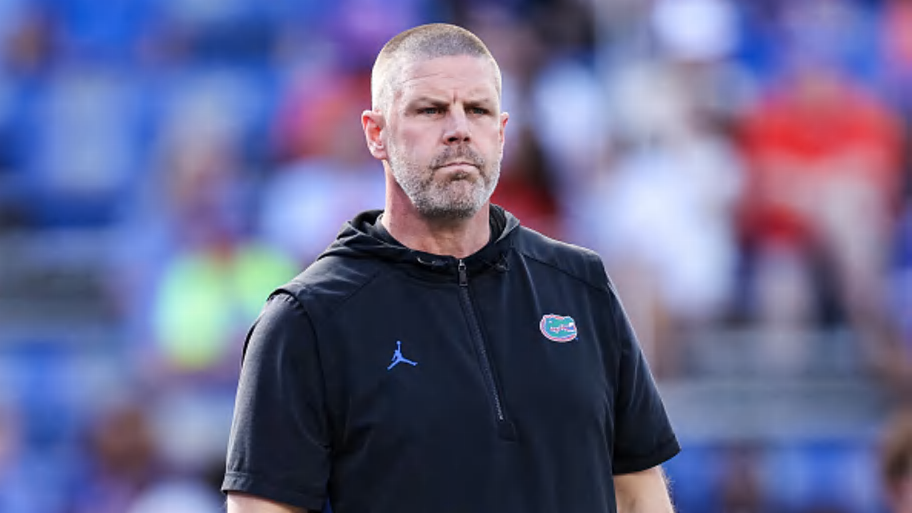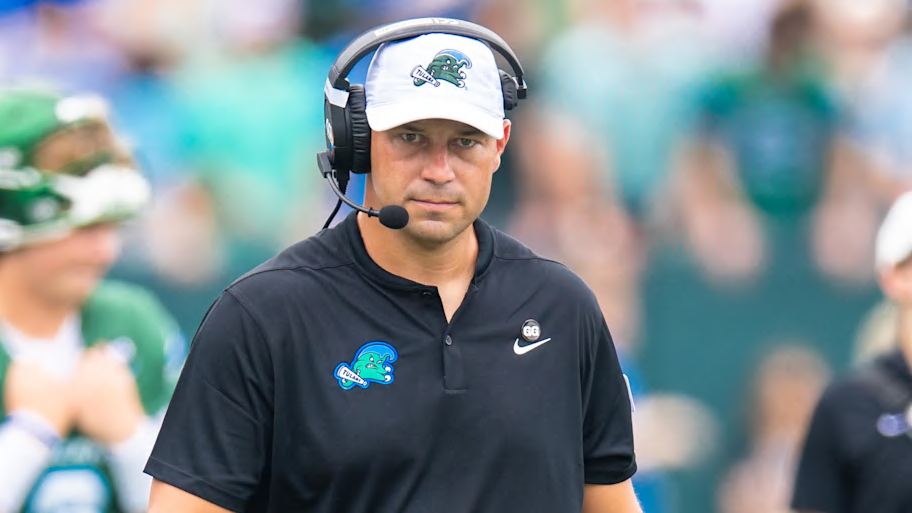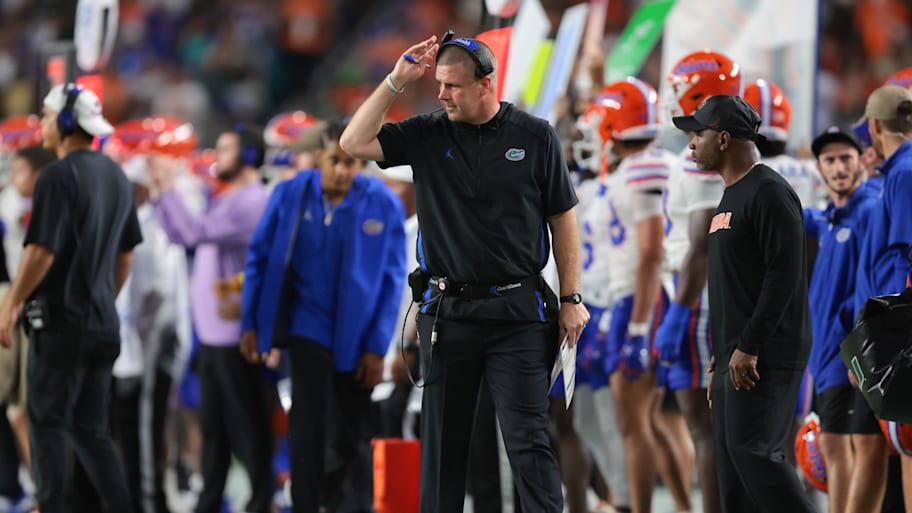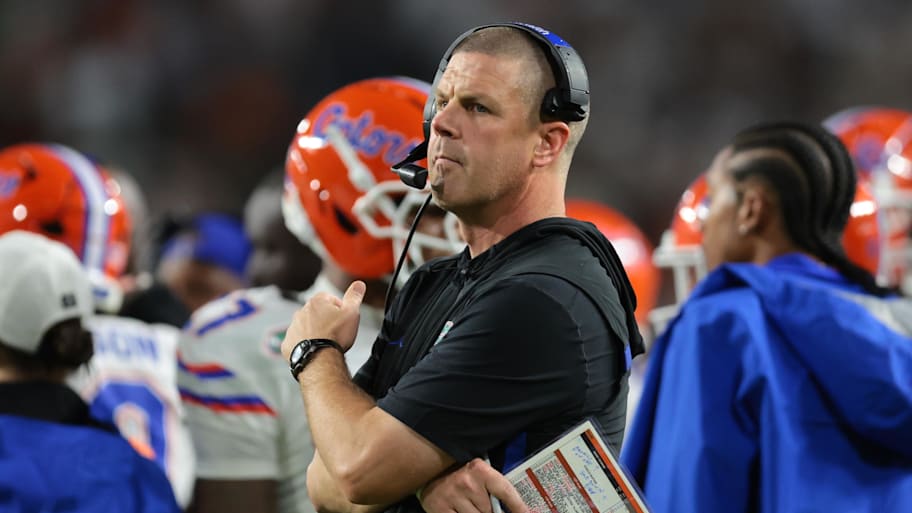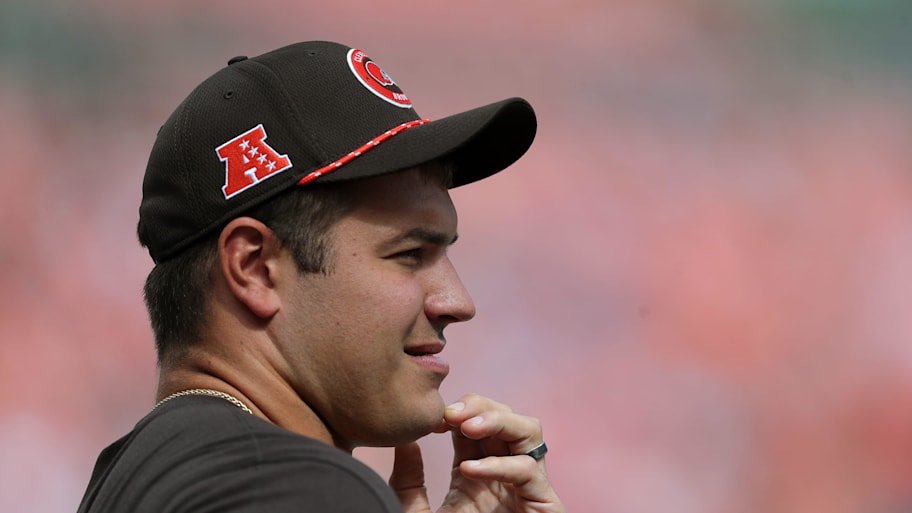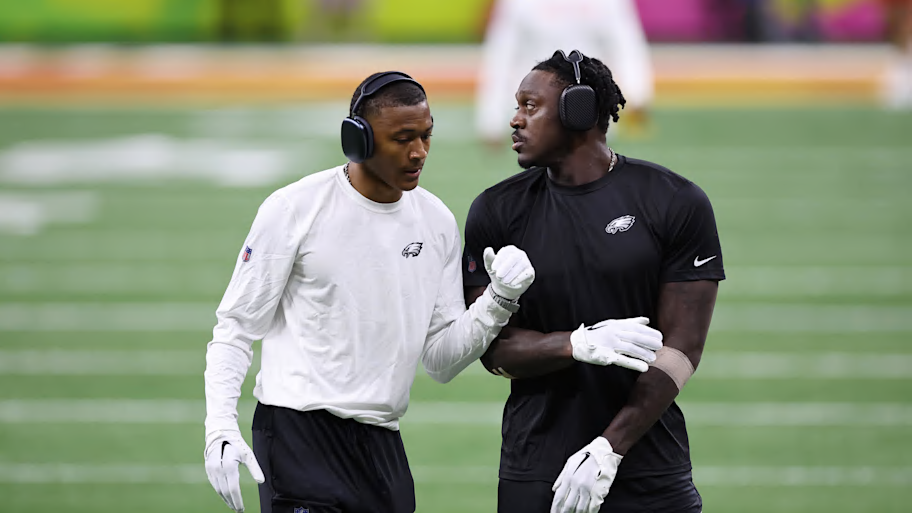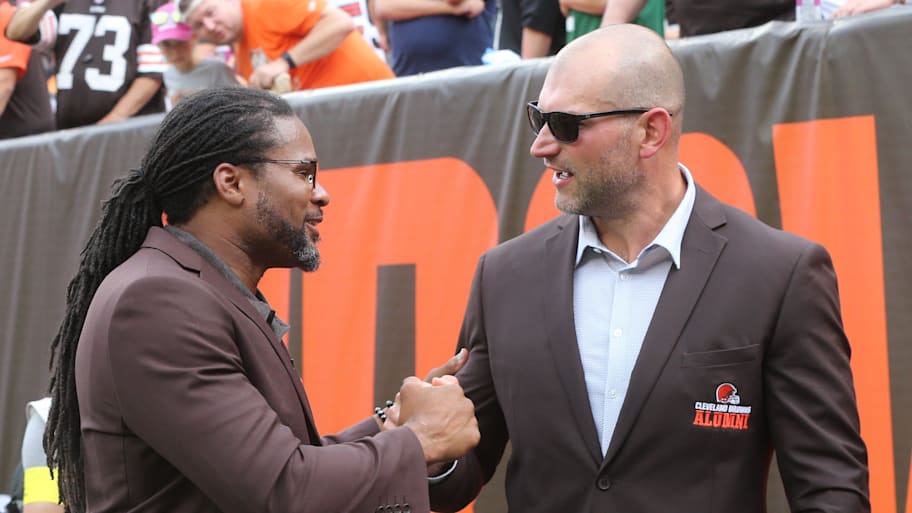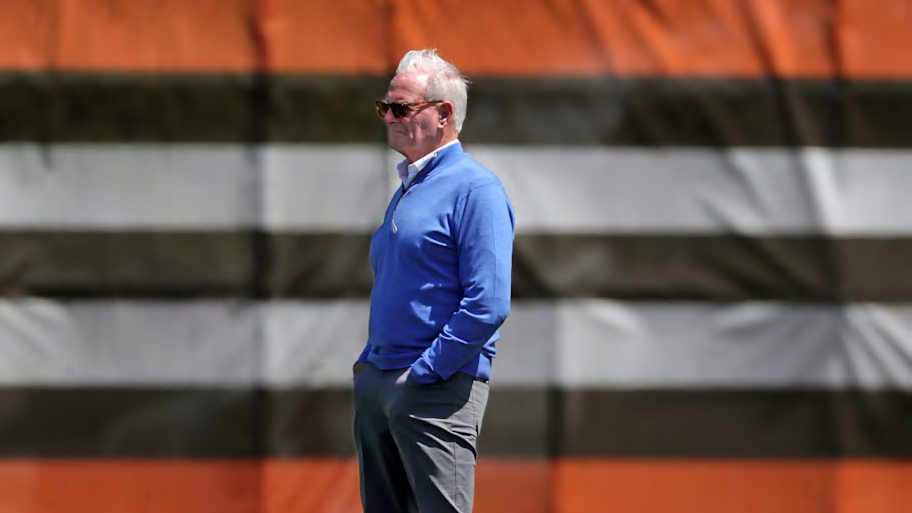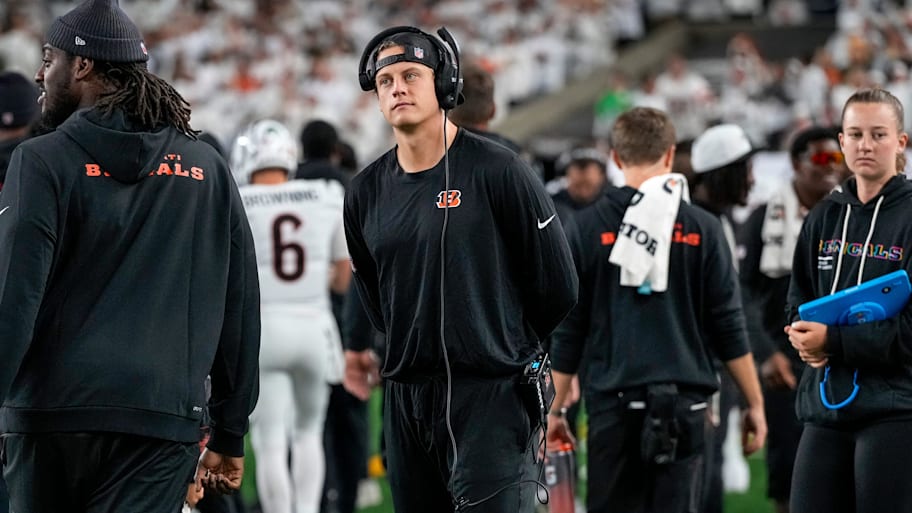COLUMBUS, Ohio (WCMH) — College football stadiums are known worldwide for being among the largest sporting venues on the planet. Despite the aura and history of them, few of these have hosted a playoff game.
That will change this weekend for the first round of the College Football Playoff when four schools have home games, among them being Ohio State. Ohio Stadium will add postseason football to its event list when the Buckeyes play Tennessee at 8 p.m. Saturday.
Tennessee just missed out on hosting duties at Neyland Stadium, which rivals The Shoe and many other stadiums in capacity and history. Here is a look at the history of the Buckeyes and Volunteers’ stadiums as well as some notes on the other venues.
102 years of Ohio Stadium
Saturday’s game in Columbus is more than a century in the making. On the banks of the Olentangy River lies the fifth-largest capacity stadium in the world which recently celebrated its 100th birthday.
Built in 1922, the Horseshoe opened with a crowd of 25,000 people in the 63,000-seat venue to watch the Buckeyes play Ohio Wesleyan. The stadium saw renovations through the decades to become the 102,000-seat cathedral it is famous for.
Columbus residents for generations have gathered at the Shoe to sing “Carmen Ohio,” watch the “i” dotted by the Ohio State Marching Band and often watch Ohio State sail to victory. This Saturday night, the stakes are the highest they have ever been for a game at Ohio Stadium as the Buckeyes look for a playoff victory.
Outside of football, soccer fans have come to Ohio Stadium to watch the first games of the Columbus Crew and to see European clubs play exhibitions. Soon, NHL fans will come to watch the Blue Jackets play their first outdoor game, on March 1 against the Detroit Red Wings.
Neyland Stadium history
Sitting near the Tennessee River in Knoxville is the century-old home of the Volunteers — Neyland Stadium. It is named after coach Robert Neyland, who led Tennessee to national championships in 1938, 1940, 1950 and 1951 over three stints.
The now eighth-largest stadium in the world came from humble beginnings, opening with a capacity of just 3,800 in 1921. The first game that year saw Tennessee shut out Emory & Henry 27-0. It took more than 50 years for the first night game, when the Volunteers beat Penn State 28-21 in 1972.
The turn of the millennium saw renovations bring the seat count to over 101,000 and bring more Tennessee residents together to chant “Rocky Top,” cheer for mascot Smokey and see the Volunteers score touchdowns in the orange-and-white checkered end zones.
Neyland Stadium has not hosted as many nonfootball events as Ohio Stadium, but it was the site of a speech from President Richard Nixon in 1970 just three weeks after the Kent State shootings.
Other venues with first-round playoff games
Ohio Stadium will be last on the list to host a first-round playoff game. Before Saturday’s primetime kickoff, three other college football coliseums will bring postseason football to its cities.
Notre Dame Stadium in South Bend, Indiana, will host the Fighting Irish’s playoff game against Indiana on Friday night. The 77,000-seat venue in the middle of campus is famous for the “Touchdown Jesus” mural and has been seen by millions of Americans on television thanks to NBC’s broadcast deal with Notre Dame football.
Saturday’s games will start in State College, Pennsylvania, at Beaver Stadium, the fourth-largest stadium in the world. The stands will be packed to watch Penn State play SMU in both teams’ first playoff game. Happy Valley set an attendance record of more than 111,000 this season when Ohio State visited. Can that record be reset for Saturday’s playoff game?
Kickoff in Columbus will be preceded by Texas’ home game against Clemson at Royal Memorial Stadium in Austin. Longhorns fans have watched the Burnt Orange play football there for 100 years, and it is another stadium trying to best an attendance record from earlier this year when 105,215 spectators saw Texas lose to Georgia in October.

